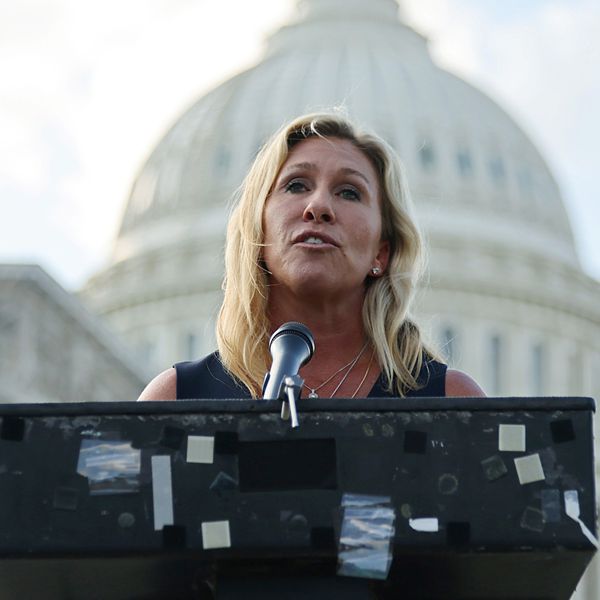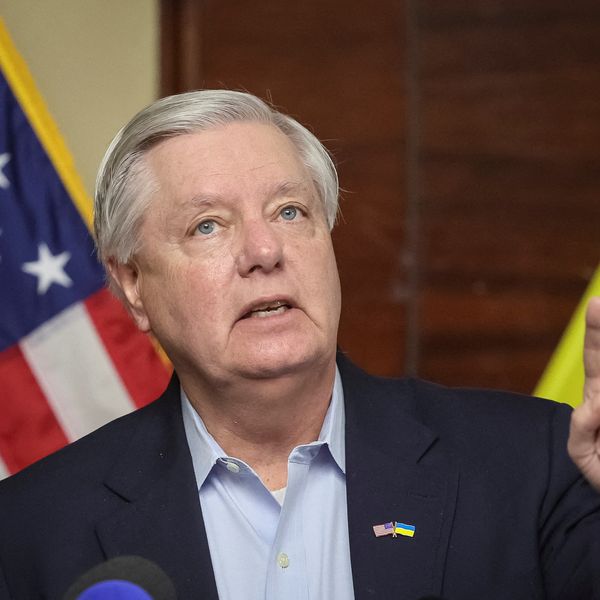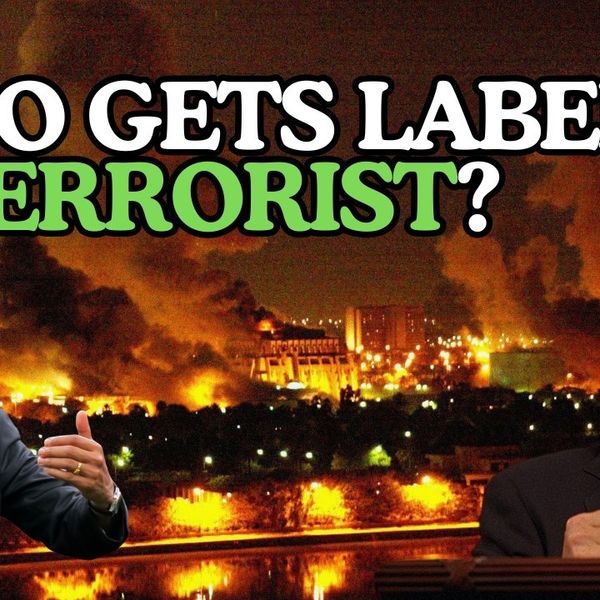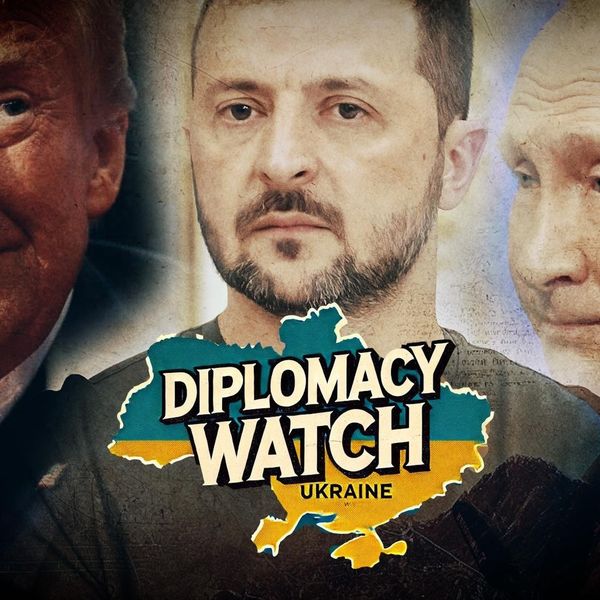The Trump administration’s new Department of Government Efficiency (DOGE) claims it’s out to cut wasteful government spending. A new video by the Quincy Institute for Responsible Statecraft asks: why not start with the Pentagon?
“The Pentagon is the largest government bureaucracy. It employs nearly 3 million people, has an annual budget of $850 billion — and has never once passed the audit,” says Ben Freeman, director of the Quincy Institute’s Democratizing Foreign Policy program.
Indeed, the Pentagon is infamous for wasteful projects. “At the very top is the F-35: it's the most expensive weapons program in world history. Ultimately, it's going to cost taxpayers around $1.5 trillion — and for what? It doesn't work, it’s overpriced and overdue,” explains Freeman.
And what about all that under-used and even unused space the Pentagon owns, in particular, its military bases in the U.S.? They are ripe for cutting.
Also deserving of scrutiny are Washington's many weapons contractors, which receive about half the Pentagon’s annual budget— over $400 billion annually — through extensive congressional lobbying, and an infamous revolving door between leaders in the weapons industry and government alike.
“We've heard too many stories about waste, fraud and abuse in Pentagon contracting. They're overcharging for spare parts, toilet seats, hammers, you name it,” Freeman says. “Taxpayers are paying too much for the things our troops need. We know there's wasteful spending at the Pentagon and we're not really doing anything about it. That costs American taxpayers money, and that makes all of us less safe.”
To learn more about how DOGE could cut the Pentagon’s wasteful spending, watch the video:















